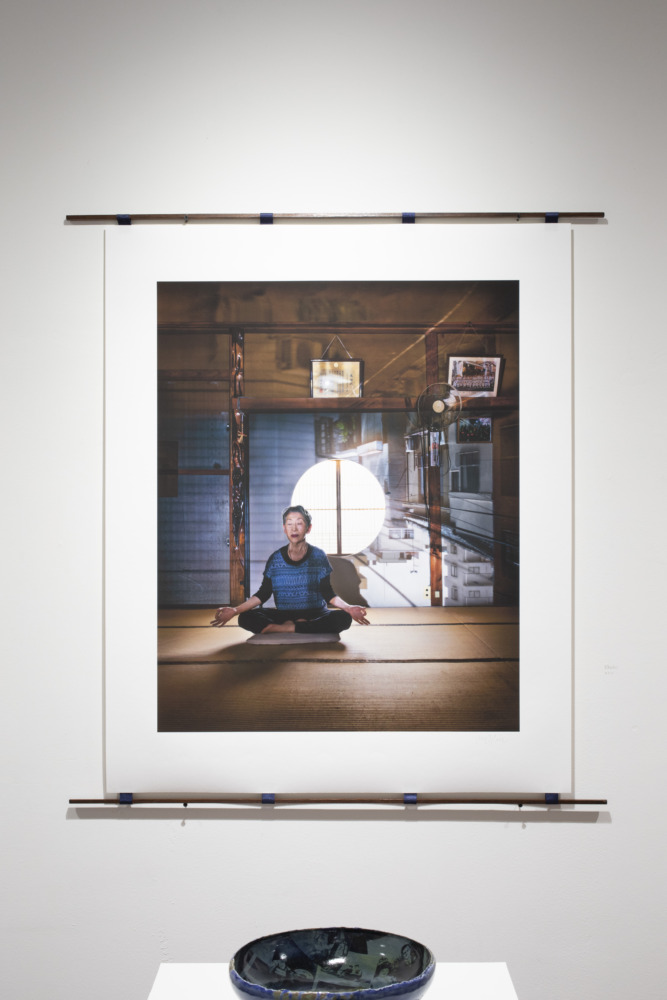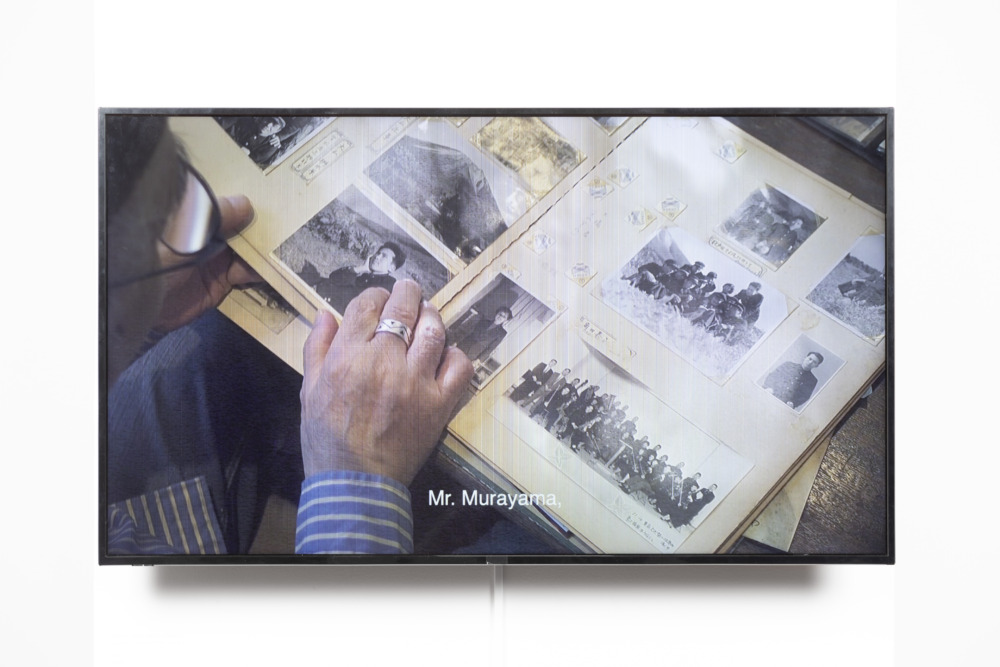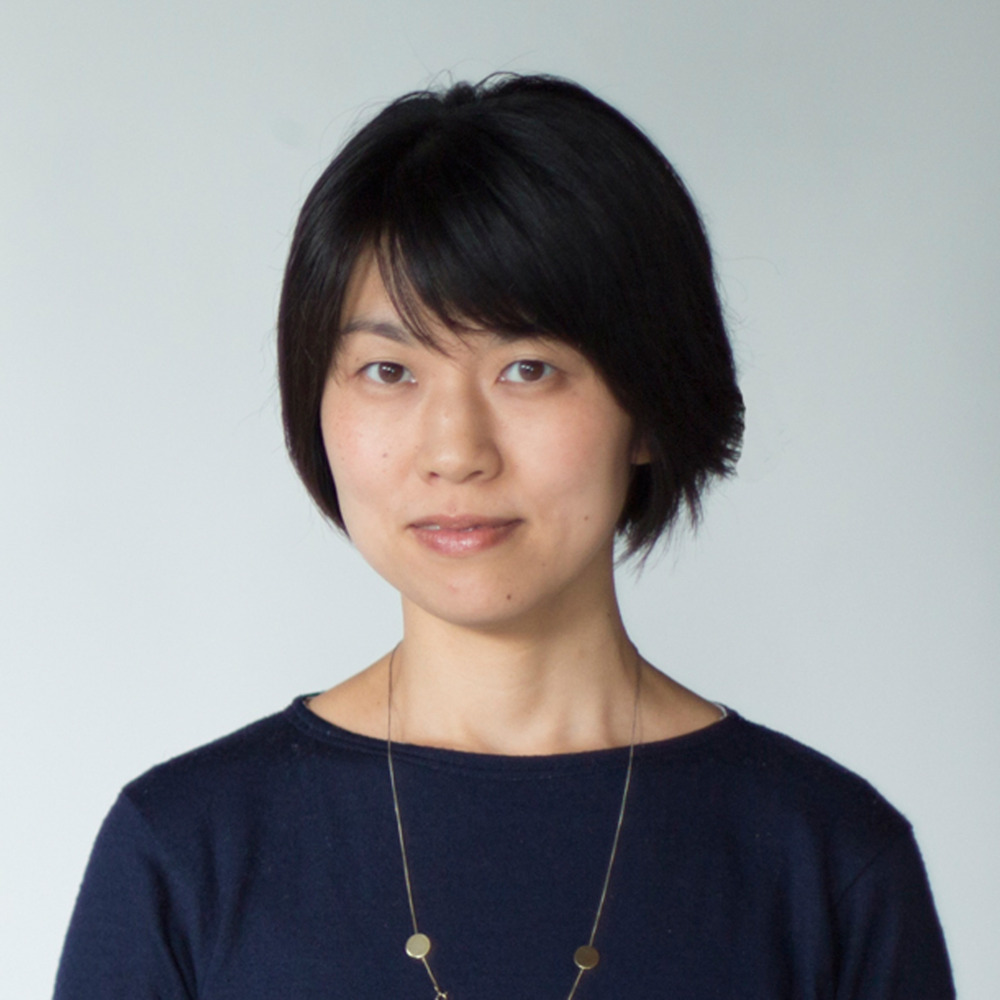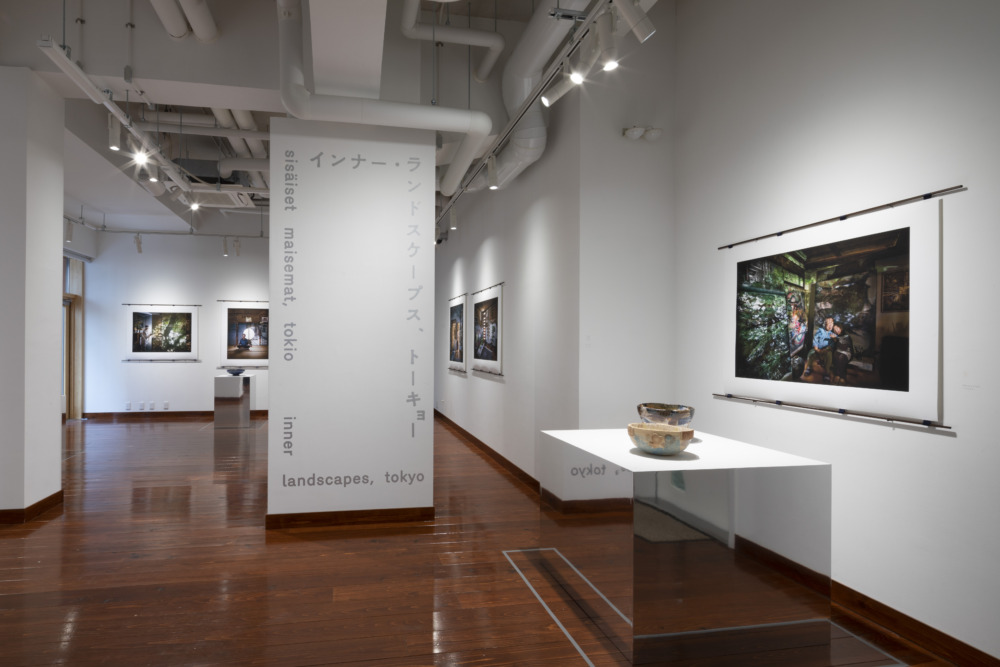Column
ColumnFrom Turku to Tokyo: A journey tracing memories and landscapes
“Inner Landscapes, Tokyo” could be called a continuation of “Inner Landscapes,” an art project by Finnish photographic artist Marja Pirilä and Japanese ceramic artist duo Satoko Sai + Tomoko Kurahara that started in Turku, Finland, as part of European Capital of Culture Turku 2011. The project is an attempt to give visual expression to memories by interviewing elderly people and collecting fragments of the histories they lived, and then expressing these through photographs and ceramic works as portraits in a broad sense encompassing layers of the surrounding landscapes and times. The results were due to be presented in spring 2021 at an exhibition at Tokyo Shibuya Koen-dori Gallery.
Ever since completing the project in Turku, we had been thinking that it would be nice to make corresponding works in Japan some day. Turning this into a reality, however, involved a long process. For “Inner Landscapes, Tokyo,” we invited people aged 75 and over living in eastern Tokyo (Yanaka, Asakusa, Iriya, Machiya) to take part as subjects, and secured the participation of eight persons (six couples).

Photograph work, Marja Pirilä: Camera obscura/Ekuko, Tokyo, 2018/2020
©Photo: SUEMASA Mareo Courtesy of Tokyo Shibuya Koen-dori Gallery
In 2018, Pirilä arrived in Japan together with her assistant, Iris Nuutinen. During their stay, they visited the homes of the subjects and photographed their portraits while asking them about their childhood memories and life stories and viewing their photo albums.
For many years, Pirilä has been producing photographic works using the camera obscura technique. The term “camera obscura” comes from Latin and means “dark chamber,” but it also refers to a camera. Pirilä transforms the very rooms of her subjects into camera obscuras, bringing the outside scenery inside by introducing light through holes in shaded windows. In so doing, she conjures dreamlike spaces full of light and shadow in which she photographs her subjects. In Tokyo, she introduced buildings, houses, traffic on the streets and other scenes typical of the city into the places where her subjects went about their daily lives, which included rooms in private homes, a bamboo artisan’s workplace, an artist’s studio and a Japanese-style room where a yoga class was being held, producing works that are different from those included in the Turku version of the project.
Sai and Kurahara, on the other hand, think of “vessels” as things that can evoke memories of the times and places when they were used and enable others to imagine the people who used them, and wanted to use the shapes of vessels to create portraits of their subjects. What they focused on in making their ceramic works was creating layers. Whereas Pirilä produced portraits that represent the “current” appearance of her subjects, Sai and Kurahara reproduced album photos, handwriting and other elements representing their subjects’ pasts on the inside of their ceramics, and trees, buildings, interior decorations and other elements representing their “present” environment on the outside, so that various time periods were contained in a single work. They tried to represent these layers of time by creating physical layers, which they achieved not only by collaging prints, but also by layering multiple underglaze colors, slips and overglazes. Like painting a portrait, they wanted to make the finished work resemble as closely as possible the impression they got from their subjects by combining colors, shapes, textures, printed figures, backgrounds and other elements. This was a long drawn out process that involved repeated trial and error after the completion of the interviews.
The artists wanted to present the photographic and ceramic works dealing with their shared subjects together in order to give rise in a multilayered fashion to past and present guises of the same individuals.

Video work “inner landscapes, tokyo”
©Photo: SUEMASA Mareo Courtesy of Tokyo Shibuya Koen-dori Gallery
Another important element of this exhibition is the video work based on interviews with the subjects. At Turku we presented a video work by Pirilä, but this time the project team worked on making the video together. Sai and Kurahara conducted the interviews and produced the sound recordings, Nuutinen shot the video and reproduced the album photos, and we completed the video editing, music and subtitle translation with the assistance of others in Japan. There were many memorable episodes during the interviewing, and we struggled to decide what to include in the 40-minute video. The exhibition is arranged in such a way that the subjects’ voices reach the ears of visitors naturally as they view the photographic and ceramic works.
Learning about the past through people’s life histories and hearing how people experienced those times was extremely moving. And being able to share the memories of all our subjects while going back over with them their album photos from 50 to 80 years ago was for us a truly unforgettable experience. I feel that getting older is a process not of life and memory gradually fading, but of these things deepening and becoming complete. I remember how during the artists’ talk, when Pirilä was asked, “What do you think about growing old?” she replied, “Life is like a rainbow. I think that the beginning and end of the arch are blessed times.”
Even though our individual lives are unique things connected by time and place, I think we can still identify with the experiences and emotions of others. With the completion of “Inner Landscapes, Tokyo,” I feel that the project has perhaps become more universal.
Some time in the future, I would like to see this exhibition travel to Finland. Since its launch ten years ago as part of European Capital of Culture Turku 2011 this project has brought to us many encounters. In terms of the creation of the works, it was also a huge challenge. For the viewers, I hope this exhibition provides an opportunity to feel and think about things. Though the methods may change, I want to continue exploring ways of expressing people’s portraits and memories using photography and ceramics.









